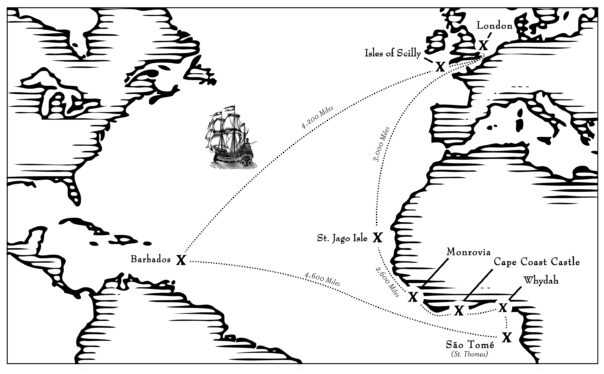On Tuesday 30 November 2021, marking the 55th anniversary of independence from Britain, Barbados proudly became a Republic.
In 2020 the then governor-general of Barbados, Sandra Mason, now president and head of state, stated that “the time has come to fully leave our colonial past behind. Barbadians want a Barbadian head of state.” The former Barbadian high commissioner to the United Kingdom Guy Hewitt, stated in an interview that many Barbadians believe that the country was due for “a native-born citizen as head of state.”
On 30 November 2021, the people of Barbados transitioned from a parliamentary constitutional monarchy under the hereditary monarch of Barbados, Queen Elizabeth II, to a parliamentary republic. The prime minister Mia Mottley remains head of government and stated that becoming a Republic was a “seminal moment”. Barbados will remain a member of the Commonwealth.
The modern history of Barbadian British exploitation began in the 16th century. The island’s connections with the English began with land clearances to sustain the new plantation economy. As Europe expanded into the new world, Barbados became an English colony in the early part of the seventeenth century, with the first formal settlement being established at Holetown in 1627. The island soon became an important producer of sugar cane and was held as a strategic location in the region for Britain.
The sugar cane and other products were produced by enslaved Africans who were transported in unsafe and crowded ships to the colony in their tens of thousands mainly by the Royal African Company of England. It is estimated that between 1627 and 1807, some 387,000 Africans arrived in Barbados. The Barbados sugar industry initially began with indentured labour from the British Isles during the early seventeenth century. But over the course of eighty years this led to a new system of forced labour achieved through the importation of enslaved Africans. The Star slave ship delivered the first known enslaved Africans to Barbados in 1641 and there begins the largest forced migration in human history. By the second half of the seventeenth century, sugar and slavery were intrinsically linked, bringing about the importation of thousands of captive Africans through the trans-Atlantic slave trade now recognised as one of the greatest crimes against humanity.

In Barbados there stands an eye catching memorial to the revolutionary fighter named Bussa to commemorate ‘Bussa’s Rebellion’. The Bronze statue named ‘The Emancipation Statue’ is a public sculpture symbolising the ‘breaking of the chains’ of slavery. The bronze was created in 1985 by the Barbadian-Guyanese sculptor Karl Broodhagen to commemorate twenty years of the island’s independence and 150th anniversary of slave emancipation under British colonial rule.
Bussa was a freedom fighter who like thousands of his countrymen at the time was born a freeman in Africa but was captured and brought to Barbados in the late 18th century as a slave. The African enslaved population at this time out numbered the white plantation settlers ten to one. He was responsible for leading Barbados’ longest slave revolt which began on Sunday 14 April 1816 against the racist and oppressive white Barbadian planters. This was in fact the first slave uprising on the island for 124 years; the previous taking place in 1692. Some who took part in the earlier uprisings may have arrived on captain Thomas Phillips slave ship Hannibal, or were the children of those forcibly transported on his ship from Africa. Bussa led the slaves into battle on Tuesday 16 April. He commanded some 400 freedom fighters against the well armed troops of the First West India Regiment. The rebellion failed and Bussa was killed during the battle but the name of Bussa lived on as a freedom fighter and national hero. Slavery was abolished in Barbados in 1834.
The country became fully independent on 30 November 1966. The independence ceremony was accompanied by the raising of the Barbados national flag, and playing of the national anthem for the first time. November 30th is now celebrated as Independence Day and is a national holiday in Barbados.
The account of the voyage of the slave ship Hannibal plays its own small part in Barbadian history, but the larger narrative involves tens of thousands of people across three continents, the triangular trade, which still resonates to the present day. It is a story of when the European world and a small island came together over 400 years ago to become one of the earliest and most profitable island colonies under British capitalism. Indeed the story of the Hannibal and her ocean voyage has a value across time and space representing a fascinating but challenging era in British and Barbadian history.
Prince Charles made a speech at the official ceremony to mark the island becoming a republic and acknowledged “the appalling atrocity of slavery” in the Caribbean, remarking that “it forever stains our history”. Unfortunately he failed to offer an apology for Britain’s involvement and exploitation of the island and its people. Some are now calling for reparations with campaigners requesting that the Royal Family should formally apologise for the role of their ancestors in the slave trade.
Quotations from The Guardian newspaper. www.TheWeek.co.uk. The Caribbean Broadcasting Corporation.